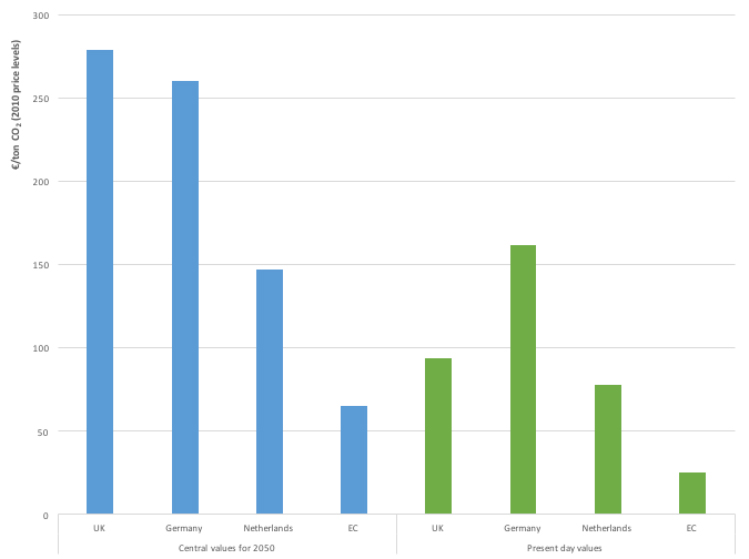By Rogier Lieshout, Head of the Aviation Department at SEO Amsterdam Economics
At the ACI EUROPE & World Annual Congress held in June, EUROCONTROL announced an update of its Challenges of Growth study. The study shows that although airports are accelerating their expansion plans, the planned capacity expansions remain insufficient to meet demand. In 2040 around 1.5 million flights and 160 million passengers cannot be accommodated at Europe’s airports. On a typical summer’s day 16 airports will be as congested as London Heathrow is today.
Should we step up the investment game and make sure that all future demand can be accommodated? Not necessarily. Capacity expansions go through a lengthy political process. This process often contains project appraisal in which the benefits of capacity expansions to passengers and the (wider) economy are weighed against the costs of the associated investments and environmental costs. A positive balance is a clear signal to policy makers that the expansions enhance the overall welfare of a country. In case the balance turns out negative, the opposite is the case and it is unlikely that expansions are to get political approval.
Project appraisals are, therefore, an important tool in determining which airports should be expanded. Preferably appraisals are carried out based on standardised methodologies and assumptions. In practice, countries prescribe their own methodologies and assumptions. Take for instance greenhouse gas emissions like CO2. Such emissions have a global impact on climate change and, therefore, should be valued in a consistent way regardless of where the emissions take place. Valuations, however, differ significantly around the globe. The European Commission recommends to value a ton of CO2 emitted in 2050 at €65, whereas individual Member States like the UK and Germany advise values up to €280 (see figure). Differences become even larger when the 2050-values are translated to present day values based on the prescribed discount rates. According to the European Commission, one ton of CO2 emitted in 2050 should be valued at €25 today, whereas the German Government advises to value this same ton of CO2 at €160.
The ‘greening’ of the aviation industry will become a major challenge over the next decades. It is, therefore, likely that sustainability takes a more prominent role in policy debates about airport expansions. Different valuations of CO2 may lead to a situation in which the same airport expansion appears welfare-enhancing in one country and welfare-reducing in another. Eventually we may end up in a situation in which capacity expansions are only approved in countries which prescribe the most ‘favourable’ methodologies and assumptions. This will distort competition between airports and airlines. This does not benefit consumers, nor will it ensure that capacity is expanded in the most sustainable way.
Rogier Lieshout is Head of the Aviation Department at SEO Amsterdam Economics

Figure: Recommended CO2-valuations differ significantly between countries
Sources:
• UK: Department for Transport (2018). TAG unit A5.2 Aviation Appraisal.
• Netherlands: CE Delft (2017). Environmental Prices Handbook 2017.
• Germany: Umwelt Bundesamt (2013). Schätzung der Umweltkosten in den Bereichen Energie und Verkehr.
• EC: European Commission (2014). Guide to Cost-Benefit Analysis of Investment Projects.
Note: Calculations by SEO







